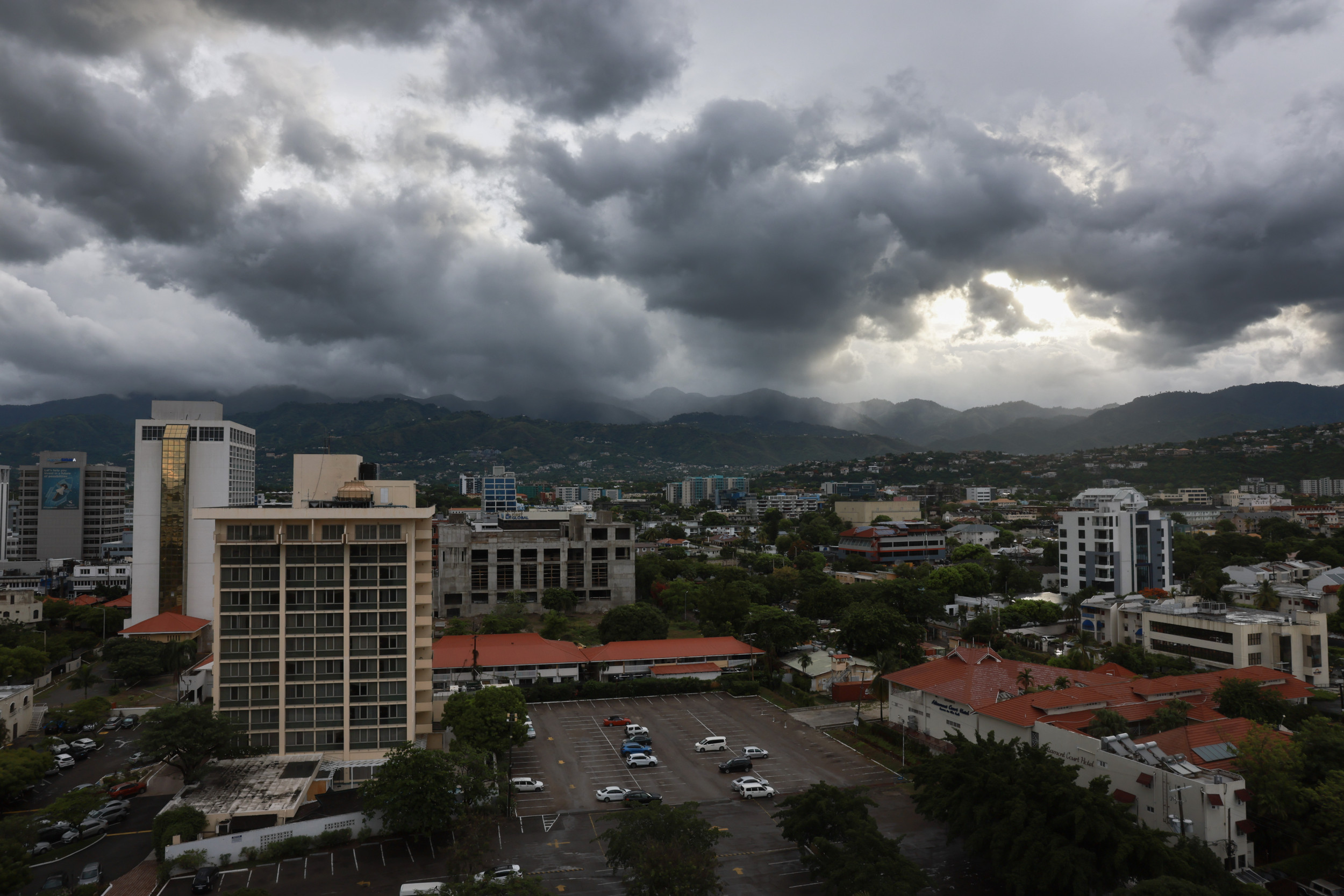Hurricane Preparedness and Response in Texas: Hurricane Texas

Texas has a comprehensive hurricane preparedness and response plan in place to protect its residents and property from the devastating effects of these storms. The plan includes a range of measures, from evacuation procedures to emergency response systems.
Evacuation Procedures, Hurricane texas
Texas has a well-developed evacuation plan that is designed to get people out of harm’s way before a hurricane strikes. The plan is based on the National Hurricane Center’s storm surge inundation maps, which show the areas that are most likely to be flooded. Evacuation orders are issued by local officials when a hurricane is forecast to make landfall.
Emergency Response Systems
Texas has a robust emergency response system that is designed to provide assistance to those who are affected by hurricanes. The system includes a network of emergency shelters, food and water distribution centers, and medical facilities. The state also has a team of emergency responders who are trained to search and rescue people who have been trapped in flooded areas.
Successful Hurricane Response Efforts
Texas has a long history of successfully responding to hurricanes. In 2017, Hurricane Harvey made landfall in Texas as a Category 4 hurricane. The storm caused widespread flooding and damage, but the state’s emergency response system was able to quickly provide assistance to those who were affected. The state also received assistance from the federal government, which deployed thousands of troops to help with the recovery effort.
Areas for Improvement
While Texas has a comprehensive hurricane preparedness and response plan, there are always areas where improvements can be made. One area for improvement is the state’s evacuation plan. The plan is based on the National Hurricane Center’s storm surge inundation maps, but these maps are not always accurate. As a result, some people who live in areas that are not at risk of flooding may be evacuated, while others who live in areas that are at risk may not be evacuated.
Another area for improvement is the state’s emergency response system. The system is designed to provide assistance to those who are affected by hurricanes, but it can be overwhelmed by a major storm. In 2017, Hurricane Harvey caused widespread flooding and damage, and the state’s emergency response system was unable to provide assistance to everyone who needed it.
Hurricane Impacts on Texas Communities

Hurricane texas – Hurricanes bring devastating social and economic consequences to Texas communities, causing widespread displacement, loss of livelihoods, and mental health challenges. The impact of these storms extends beyond the immediate destruction, affecting communities for years to come.
One of the most significant impacts is the displacement of residents. Hurricanes can force thousands of people to evacuate their homes, often for extended periods. This can lead to a loss of housing, possessions, and a sense of community. In some cases, residents may be unable to return to their homes due to damage or flooding, resulting in long-term displacement.
Loss of Livelihoods
Hurricanes can also have a severe impact on livelihoods. Businesses may be destroyed or forced to close due to flooding or power outages. This can lead to job losses, reduced income, and financial hardship for families. The tourism industry, which is vital to many coastal communities, can be particularly hard hit by hurricanes, as storms can damage infrastructure and deter visitors.
Mental Health Effects
The psychological toll of hurricanes can be significant. Residents may experience anxiety, depression, and post-traumatic stress disorder (PTSD) in the aftermath of a storm. The loss of loved ones, homes, and livelihoods can have a lasting impact on mental health, and recovery can take months or even years.
Case Studies
Some Texas communities have been particularly hard hit by hurricanes. For example, Hurricane Harvey devastated the Houston area in 2017, causing widespread flooding and displacement. The storm also caused significant damage to businesses and infrastructure, leading to job losses and economic hardship.
Hurricane Ike made landfall in Galveston in 2008, causing extensive damage to the city and surrounding areas. The storm surge flooded homes and businesses, and the city was without power for weeks. Hurricane Ike also caused significant damage to the tourism industry, as many hotels and attractions were damaged or destroyed.
Role of Community Organizations
Community organizations play a crucial role in hurricane recovery and resilience. They provide support to affected residents, help to rebuild communities, and advocate for policies that promote disaster preparedness and response. These organizations often work in partnership with government agencies and other organizations to provide a comprehensive response to the needs of communities.